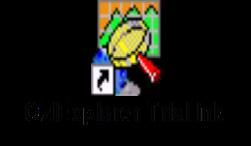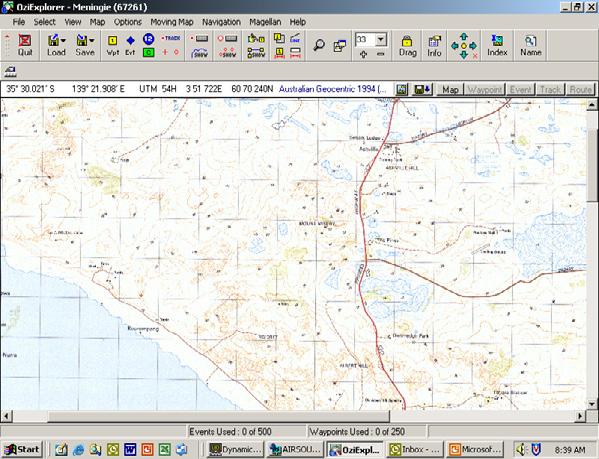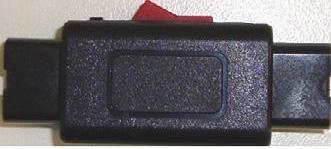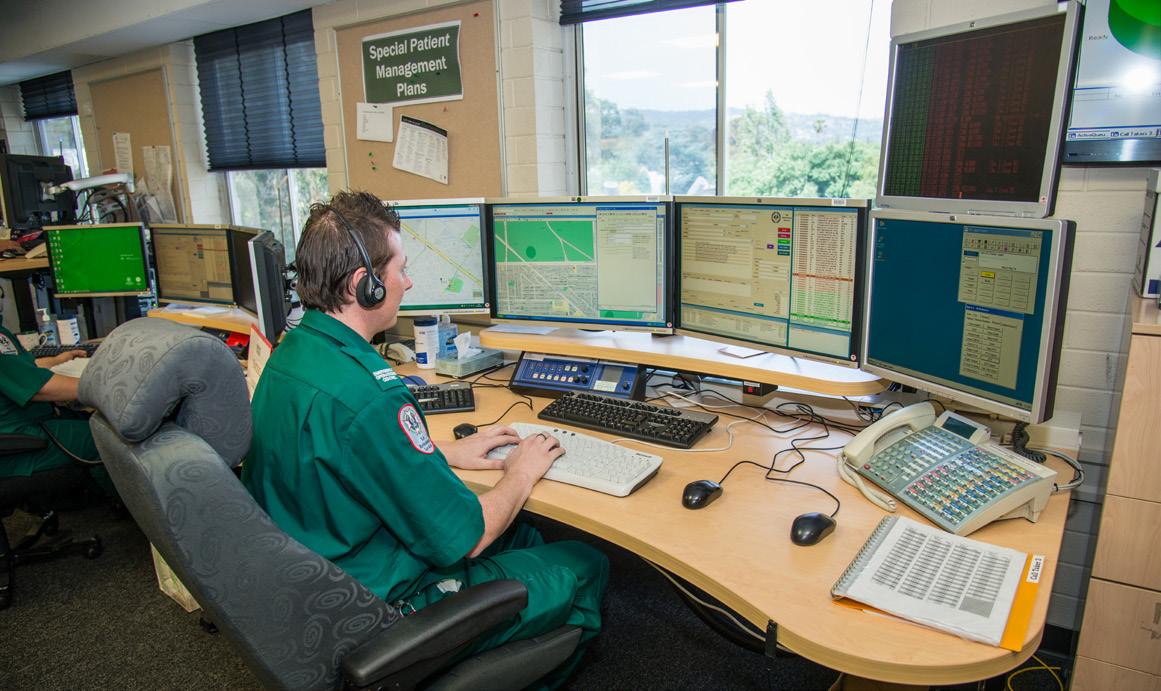Call Taking
Telecommunication Strategies •
Listen actively to the caller and clarify meaning or verify information when required. − Clarify: To make clear, easy to understand, eg. seventeen, say ‘one, seven’ − Verify: Ask the caller to repeat to check that the address entered by you in CAD is correct.
Use open questions if callers do not provide enough information. This is particularly important when trying to ascertain exactly what happened. Open questions begin with: •
What?
•
Who?
•
How?
•
Where?
•
Which?
•
Why?
For example, “What happened exactly?”. These questions encourage a caller to give as much information as they can about something without being led by a question. Use closed questions if callers provide too much information. Closed questions begin with: Can?
Have?
Are?
Is?
Has?
Should?
Would?
Could?
Did?
Do?
These questions encourage a person to restrict discussion and the appropriate response can only be “YES” or “NO”.
Communication techniques •
Speak clearly with adequate volume in a reassuring tone
•
Speak at a steady, reasonable rate
•
Take control of the call in a positive, assertive manner
•
Avoid jargon, slang, semantics and medical terms, except when they are appropriate and understandable to the listener
•
Be patient with ALL callers
© SA Ambulance Service - June 2021
78








